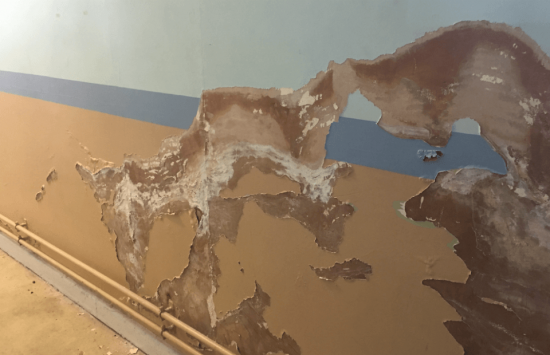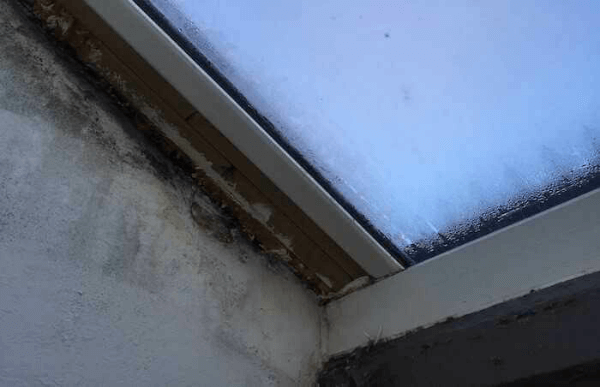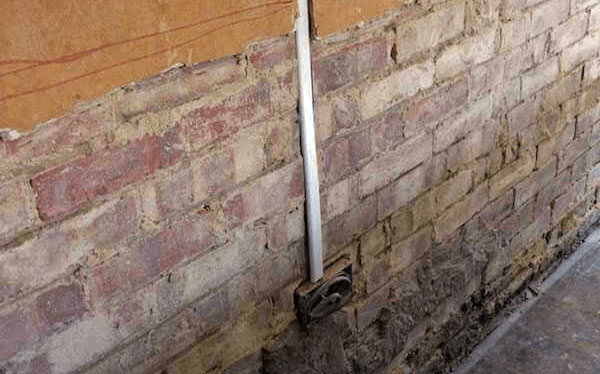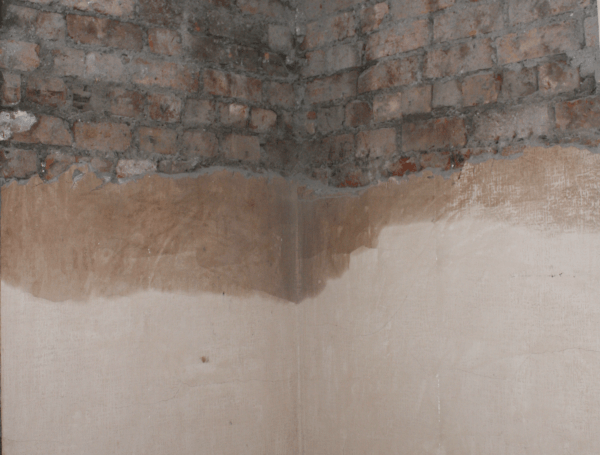Help & Advice Articles, Videos and How-to-Guides
Filter Articles

Causes of Damp in Houses
Many of us will unfortunately experience damp in our homes at some point and whilst there are three main types of damp, there can be numerous causes.
In this guide, we look at what causes damp in houses and how to get rid of it.
What causes condensation?
Condensation is the most common cause of damp in many houses, in particular in bedrooms, bathrooms and kitchens. It occurs when warm moist air comes into contact with cold surfaces causing water to be deposited on the surface.
Excess moisture
Moisture gets into the air in our homes through everyday activities like cooking, washing, showering and drying clothes. Through these activities alone, one person can contribute four pints of water to their home’s environment in just one day. With double glazing and insulation, it becomes extrememly hard for this moist air to exit your home.
Poorly heated homes
Warm air can hold a greater amount of moisture than cooler air. This means that the temperature of the air in your home and of the impermeable surfaces has an impact on the amounts of condensation you may experience. Homes that are under-heated can increase condensation. Also, dramatic increases or decreases in temperature can also increase condensation. It is therefore important to consistently heat your home, increasing the average temperature of surfaces.
Poor ventilation
A home with poor ventilation is prone to condensation and mould growth. Adequate air flow allows warm, moisture-laden air to escape from the home. However, if the home is lacking in ventilation, this warm air will deposit moisture on the coldest surface available – this is commonly windows or outside walls.
Signs of condensation
- Streaming windows
- Damp patches on internal walls
- Mould growth on window seals
- Pools of water on window sills
- Peeling wallpaper
- Black mould spots on walls, ceilings and skirting boards
- Musty damp smell

How to fix condensation issues
There are a number of ways to stop condensation issues before they become a bigger problem for your home and your health. You can start by regulating your heating - heating should be set to ensure that there are no rapid changes in temperature. You want to keep wall surfaces warmer to reduce the risk of condensation. You should also take steps to reduce the amount of excess moisture that you generate.
To cure condensation, you will need to improve your home’s ventilation. Installing a passive ventilation unit or a PIV system are highly effective solutions. Home ventilation systems are designed to provide a continuous air change, replacing stale and humid air with fresh and clean air. This continuous air exchange will ensure that condensation doesn't become a problem and prevent mould growth.
Read the following guides for information on ways to stop condensation for good:
How to avoid condensation in your bathroom
How to stop condensation on windows
How to remove mould from walls
Causes of rising damp
Rising damp is one of the most debated forms of damp. It occurs when natural ground water around a property rises up through brickwork and up the wall. This is usually stopped from happening by a damp proof course (DPC). However, in some cases, there can be issues with the DPC such as:
No DPC
Most buildings have a barrier to prevent water travelling up from the ground and into the walls - this is called a damp proof course (DPC). DPCs are made of water-resistant materials such as plastic membranes, bitumen or slate. In older buildings, where no DPC exists or it has failed over time, you may have an issue with rising damp.
Inadequate DPC
Sometimes a property’s DPC remains intact but becomes bridged. This is where the damp from the ground is able to travel up past the DPC because of one of the following reasons:
- Debris in the wall cavity
- External ground levels are above the DPC
- Internal or external renders overlapping the DPC
- Inappropriate insulation material in the cavity
- Solid floors
- Intersecting masonry structure or abutting garden walls
How to identify rising damp
- Tide marks on internal walls
- Dark patches on internal walls
- Stained or peeling wallpaper
- Blistering paint
- Discolouration and flaking plaster
- Salt effloresence present

How to treat rising damp
In order to treat rising damp, your first job is to get the diagnosis confirmed. Once diagnosed by a professional, you need to ascertain if there is an existing DPC, and then if it is bridged.
There are ways that you can rectify a bridged DPC depending on the cause of the bridging. If you need to install a new DPC, injecting a chemical DPC is by far the easiest and most cost effective way. For more information on how to treat rising damp check out the articles below:
Treating rising damp with Damp Proof Injection Cream
Common causes of penetrating damp
Penetrating damp occurs when water from outside penetrates the building substrate. It can cause a range of issues including more serious damage to the structure of your building. This type of damp is more common in older properties, those homes prone to building faults such as failed external render and blocked gutter, or homes more exposed to the elements like those near the sea. Penetrating damp is often down to a fault such as the following:
Plumbing issues
Leaks from faulty or inadequate pipes are a major cause of damp within a property. Even the smallest of leaks can eventually lead to penetrating damp and wet rot.
Building faults
Building faults which allow rain and water to enter the building’s substrate are the most common causes of penetrating damp. Issues such as holes in the roof, missing roof tiles, cracks in the walls or poorly maintained pointing and incorrectly installed windows and doors are major factors.
Inadequate gutters
Gutters that are too small, blocked and over-flowing and broken downpipes often deposit excess water onto external walls. This continuous stream of water running down your outside wall massively increases your chance of damp getting in.
Increased groundwater levels
As a general rule, houses were never built with their ground floors at or below the outside ground level. However, over time ground levels can get higher. This puts more pressure on the low-level substrate with increased moisture levels.
How to identify penetrating damp
- Sporadic damp stains on internal plasterwork
- Cracks or holes in mortar joints, renders and masonry surfaces
- Wet patches which are exaggerated after rainfall
- Green growth on external walls

Penetrating damp treatment
The priority in treating this type of damp is finding the cause of the penetrating damp. Once the problem has been resolved, water repellents such as Microshield Ultra can be used to protect your home. For more information and tips on treating penetrating damp, check out the following guides.
Top water repellents for treating penetrating damp
Permagard - the damp proofing experts
If you’re struggling to identify what kind of damp is affecting your home or have more questions about how to get rid of it, take a look at our internal damp proofing guide or our guide to treating dampness.
We know that damp can take many forms and it can’t always be straightforward to fix. If you can’t find the information or the products that you need in any of our guides then give our expert team a call on 0117 982 3282. We are more than happy to discuss your issues and find a solution so you can enjoy a damp-free home.
